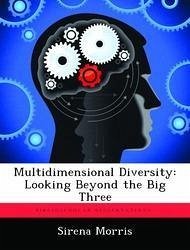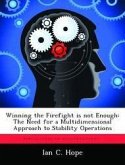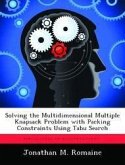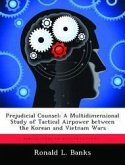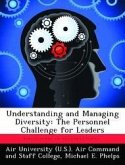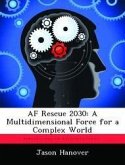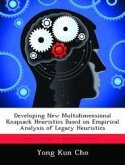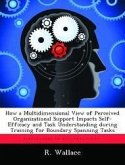This paper will focus on multidimensional diversity and looking beyond the big three of race, gender and ethnicity. Rather it will attempt to capture the value of the other dimensions of diversity and how we can better accomplish our Air Force mission through diversity management by focusing less on demographic diversity and more on cognitive, structural and global diversity, those aspects that are more of who a person is rather than what they look like. That is not to say that demographic diversity isn't important or that we have met our goals as it pertains to establishing a more demographically diverse force that represents the people it serves. However, the author believes that the service can gain greater efficiencies by addressing and capitalizing on the other dimensions of diversity, thus yielding a more dimensional and diverse senior leader core.Air Force senior leadership has boldly stated the importance and imperative need for diversity in the United States Air Force far beyond race, gender and ethnicity. The Air Force has further proclaimed that diversity in personal life experiences, geographic background, socioeconomic background, cultural knowledge, educational background, work background, language abilities, physical abilities and philosophical/spiritual perspectives are essential to the success and continued success in the military. So the question remains what is the service doing to identify these diverse sets of background, experiences and similar differences that put together this "rich tapestry" and how are they encouraging diversity across the Air Force? This paper will outline the Air Force's definition of diversity and highlight the different dimensions of diversity.
Hinweis: Dieser Artikel kann nur an eine deutsche Lieferadresse ausgeliefert werden.
Hinweis: Dieser Artikel kann nur an eine deutsche Lieferadresse ausgeliefert werden.

